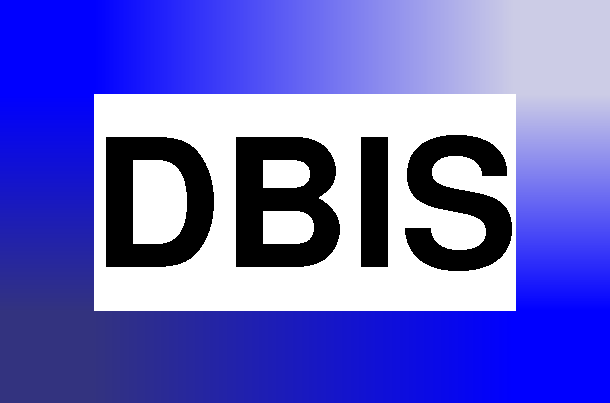Ontologies, DataBases, and Applications of Semantics
(ODBASE 2005),
Agia Napa, Cyprus,
Oct. 31 - Nov. 4,
2005.
LNCS 3761, Springer,
pp. 1553-1570.
An Ontology- and Resources-Based Approach to
Evolution and Reactivity in the Semantic Web
Wolfgang May, José Júlio Alferes, Ricardo Amador
Abstract:
The Web of today can be seen as an active and heterogeneous
infrastructure of autonomous systems, where reactivity, evolution
and propagation of information and changes play a central role. In
the same way as the main driving force for XML and the Semantic Web
idea was the heterogeneity of the underlying data, the heterogeneity
of concepts for expressing behavior calls for an appropriate
handling on the semantic level. We present an ontology-based
approach for specifying behavior in the Semantic Web by
Event-Condition-Action (ECA) rules that models rules as well as
their event, condition, and action components, and languages as
resources. The necessary information about semantics and suitable
processors is then associated with the language resources. The
approach makes use of the data integration facilities by URIs
that allow for a seamless integration of information and services
physically located at different places. Additionally, that point of
view allows for sharing and reuse of these resources throughout the
Semantic Web.
[Slides (pdf)]
An extended talk about the framework can be found
[here (pdf)]
The paper is a "sibling" to
Active Rules in the Semantic Web:
Dealing with Language Heterogeneity (RuleML 2005)
:
The ODBASE paper investigates the ontology of active rules and their components,
especially events and proposes an architecture how autonomous services that
support different aspects (languages, application domains) of this ontology
can cooperate for the Semantic Web.
The RuleML paper focuses on the markup of rules and their components according
to that ontology, being more concrete on the internal markup of the components
from the language structure's point of view. There, also the semantics and
information flow between the rule components is described.
A preliminary version appeared in the
PPSWR workshop paper.
This research is supported by the EU FP6 Network of Excellence

|


